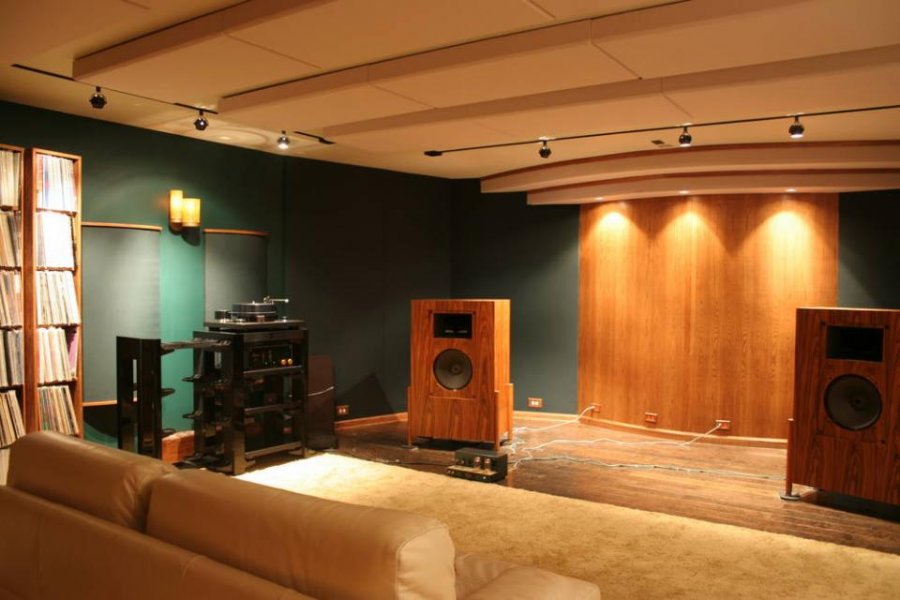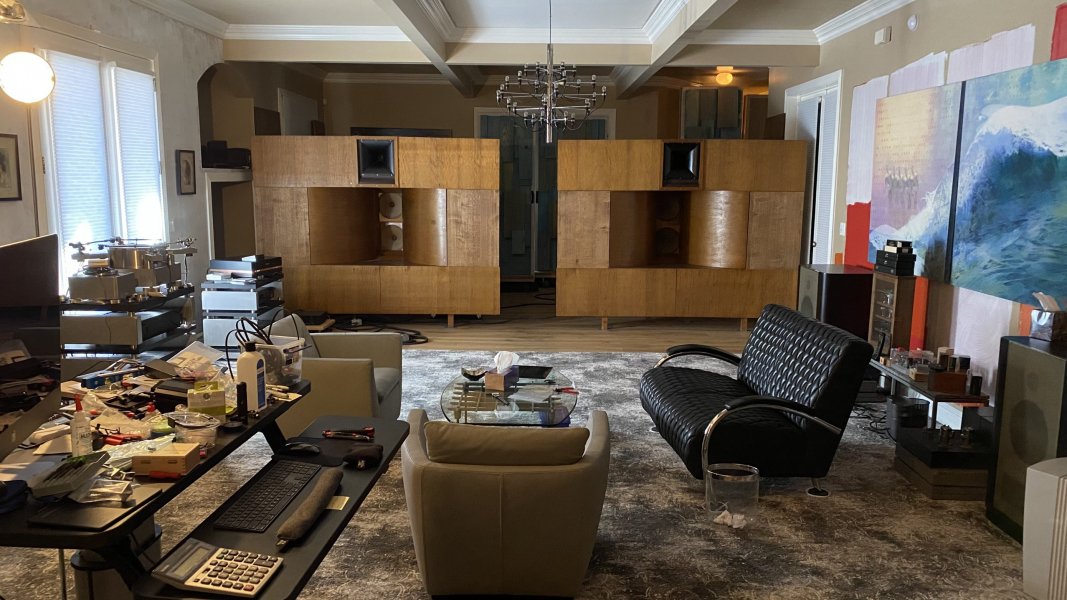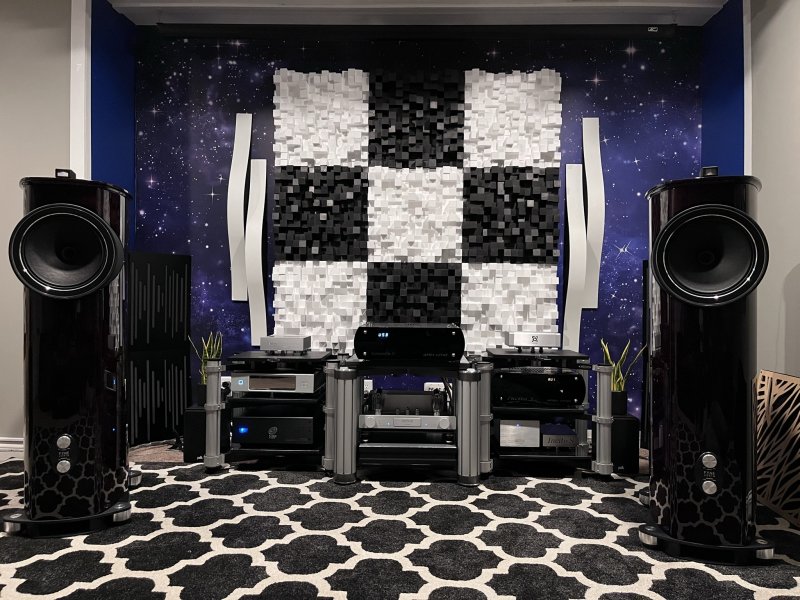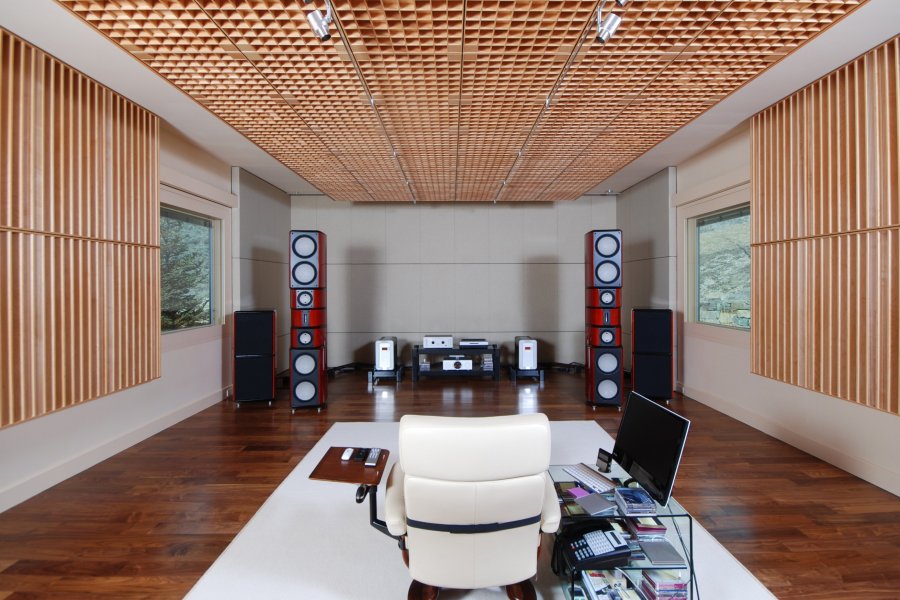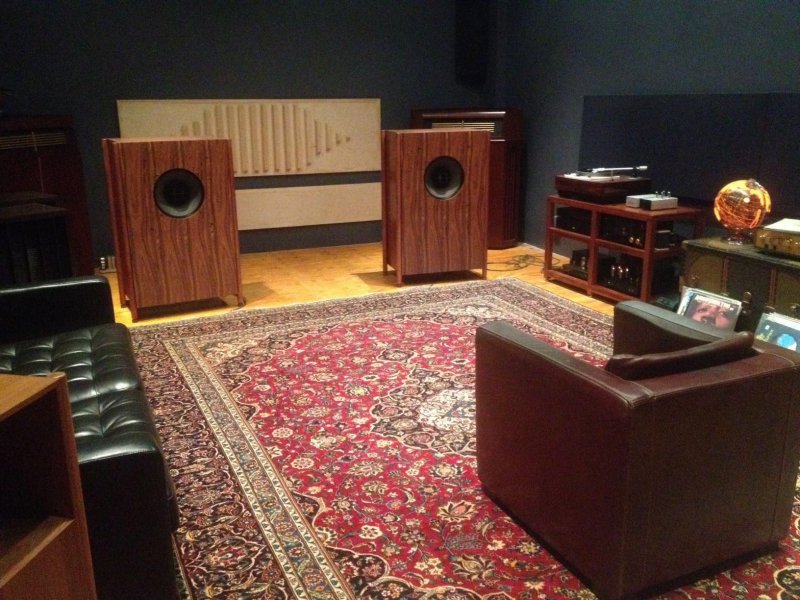Fellow WBF members, I found this video earlier today outlining the building and design of the Elbphilharmoni concert hall in Hamburg. I was blown away by the architecture, yet more importantly, the painstaking efforts to create the world's most awesome listening room.
We often debate on WBF what constitutes the most faithful reproduction of sound. Undoubtedly, the room is our most significant component. The Elphilharmoni is a space I hope to experience someday soon for the sheer joy of it but also to better inform my work in the field.
It's a YouTube, so please skip the commercial
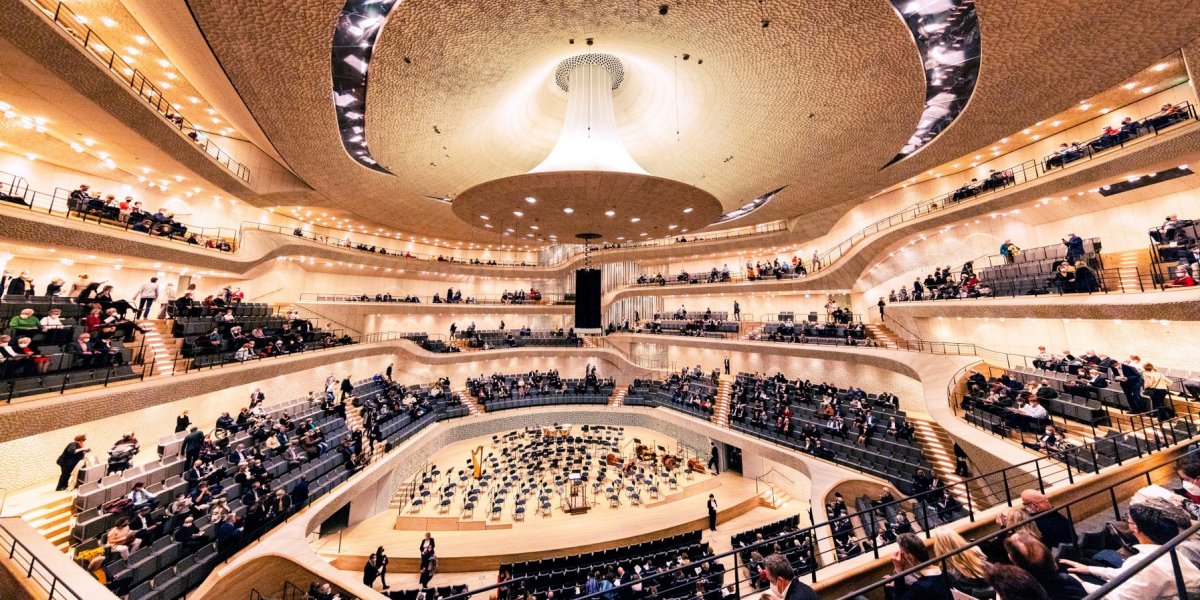
We often debate on WBF what constitutes the most faithful reproduction of sound. Undoubtedly, the room is our most significant component. The Elphilharmoni is a space I hope to experience someday soon for the sheer joy of it but also to better inform my work in the field.
It's a YouTube, so please skip the commercial



